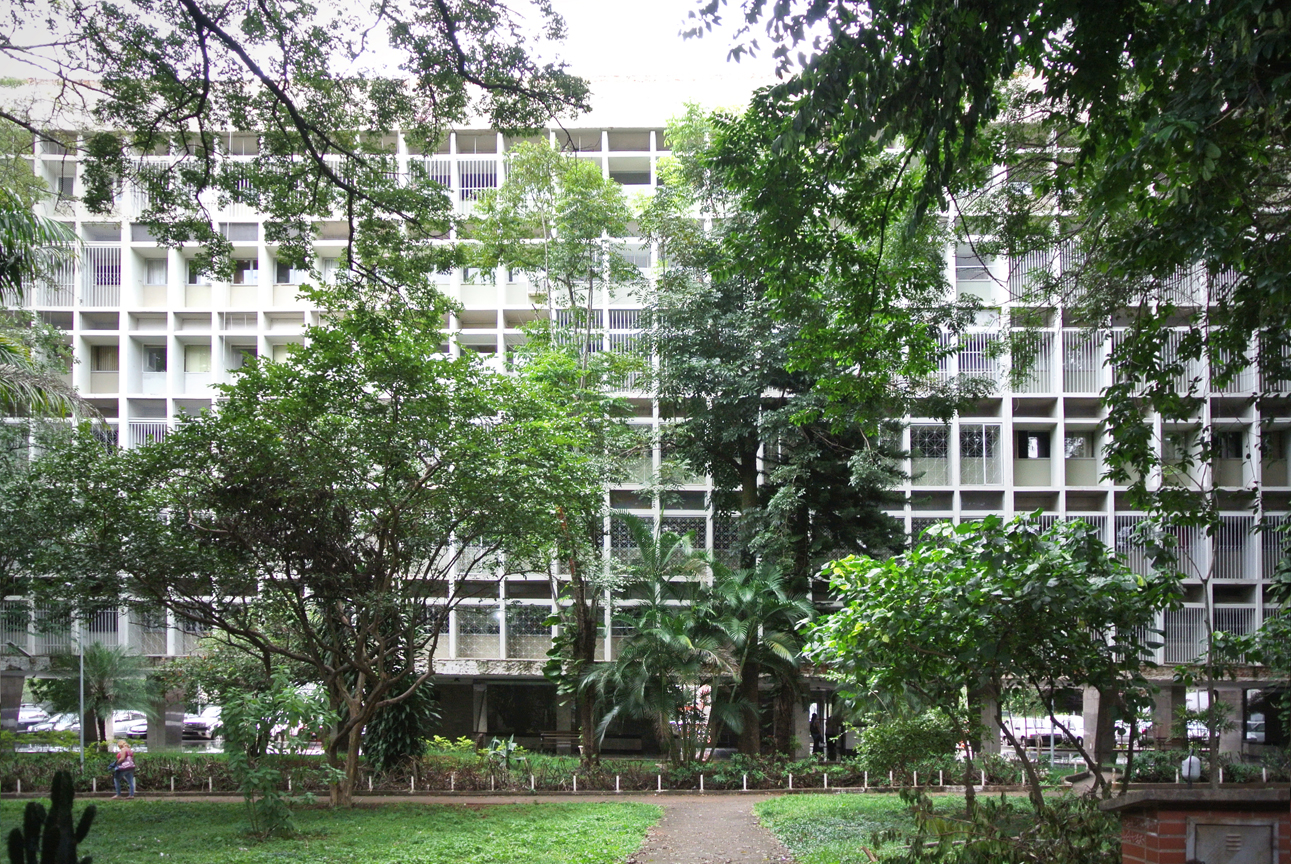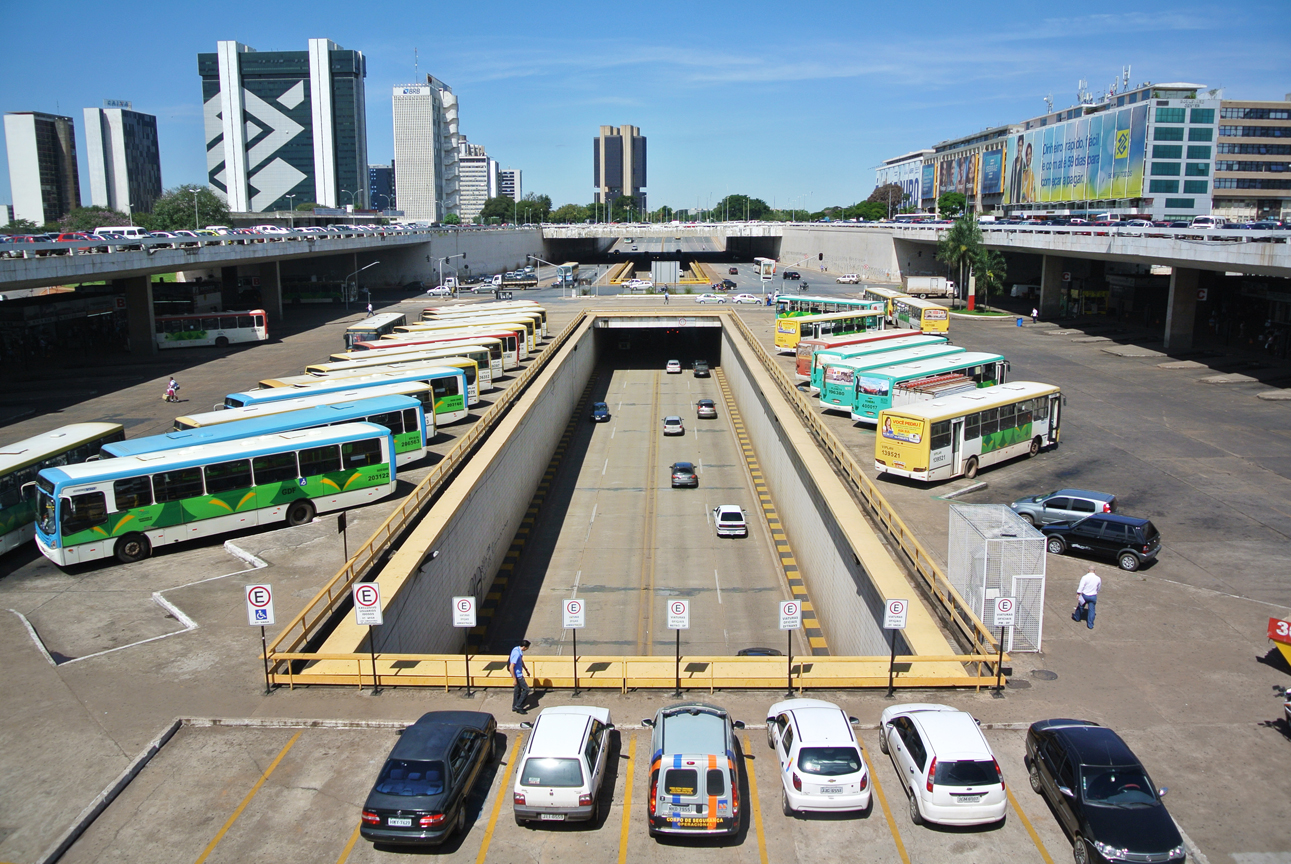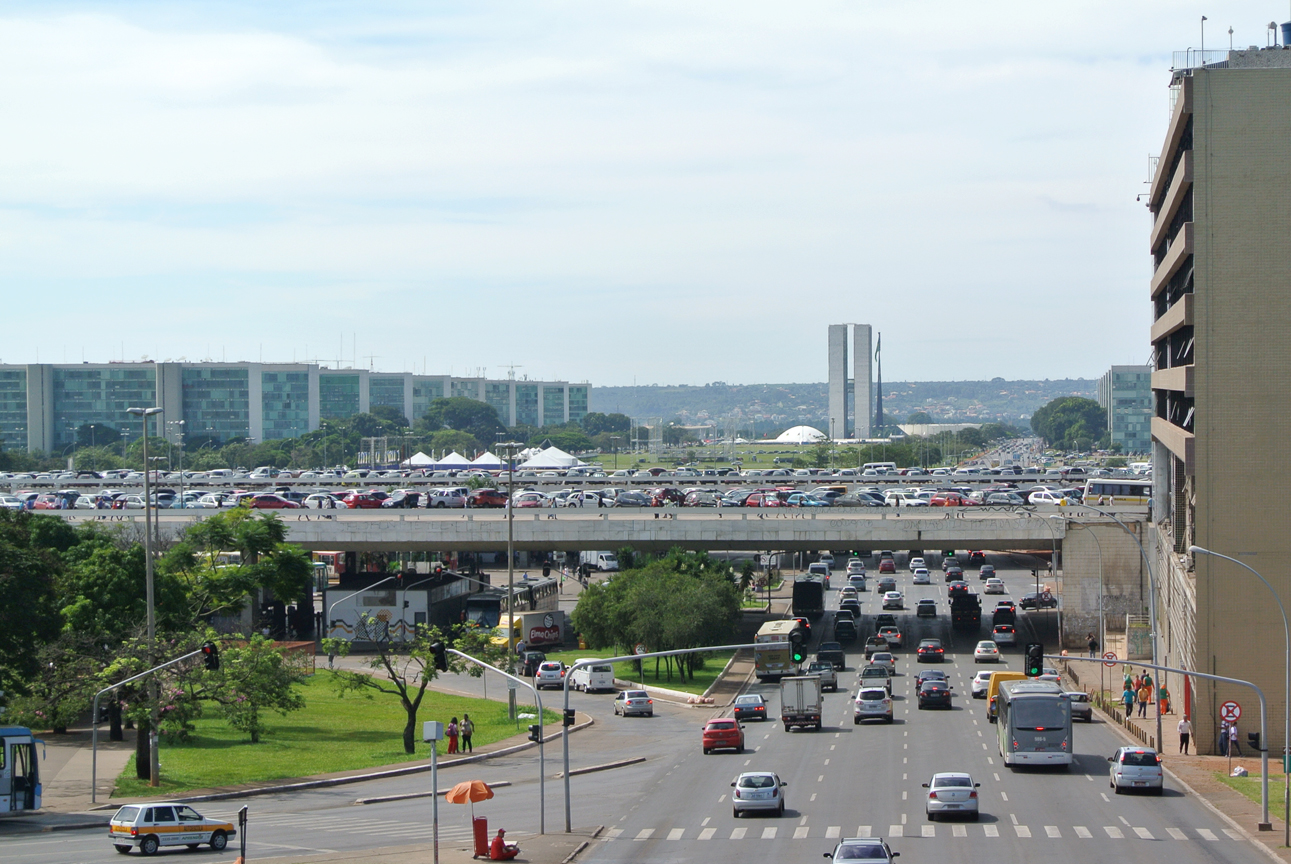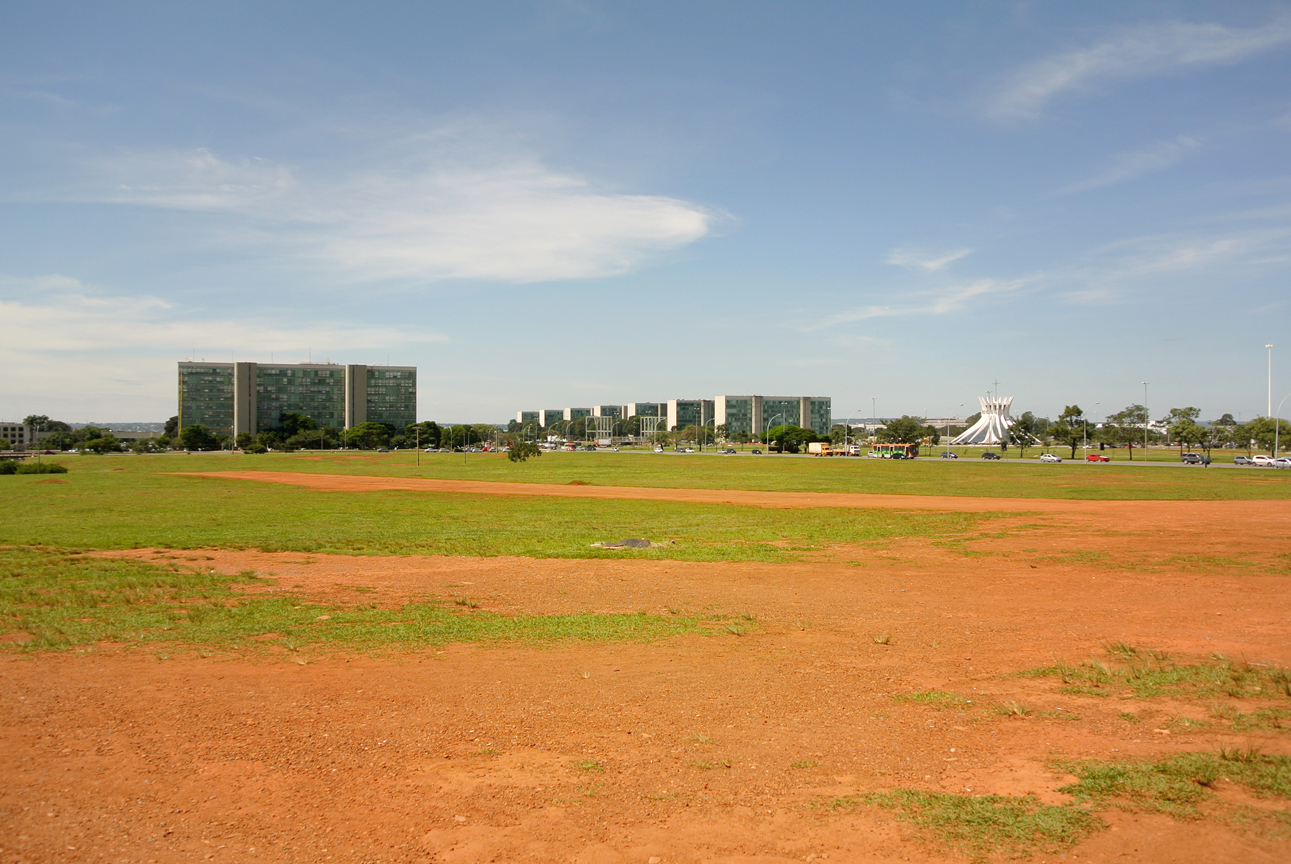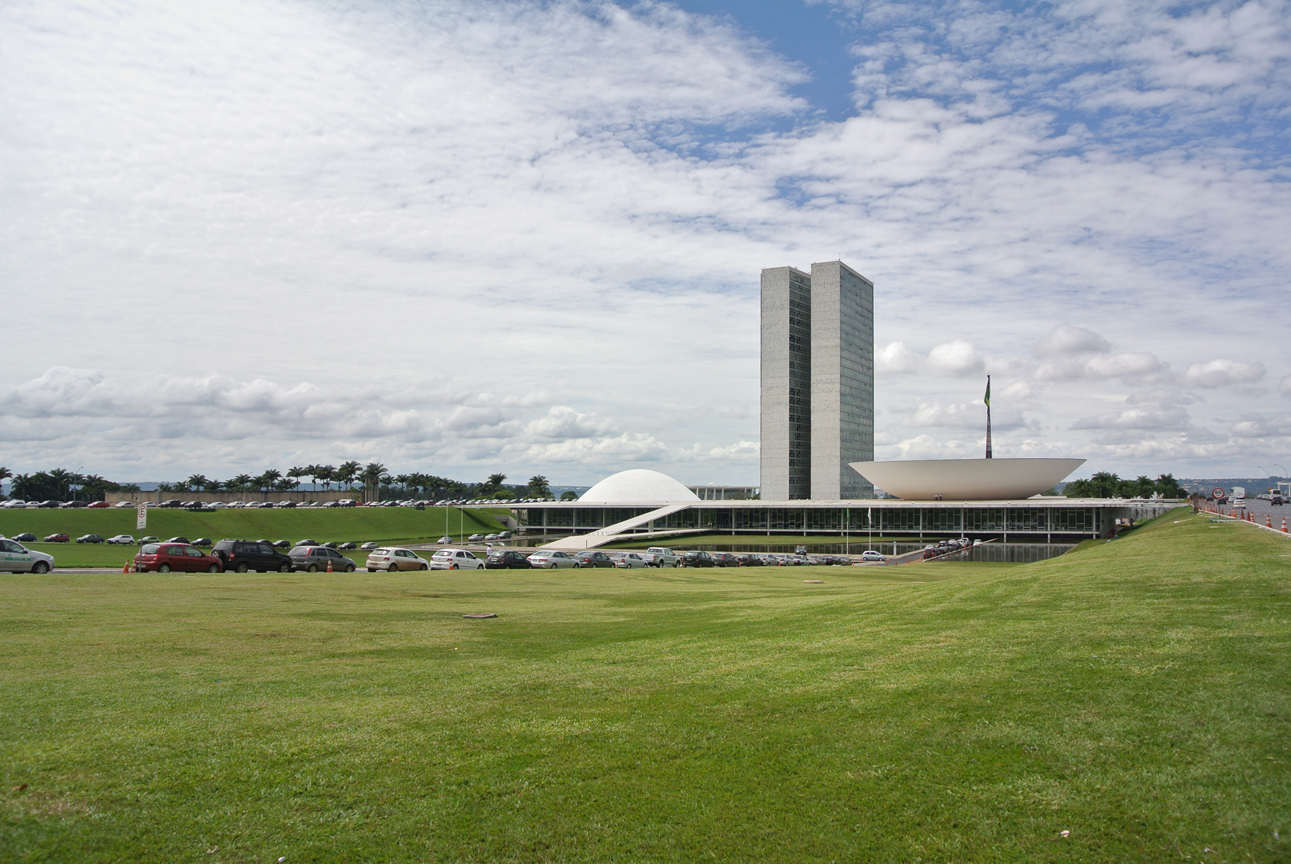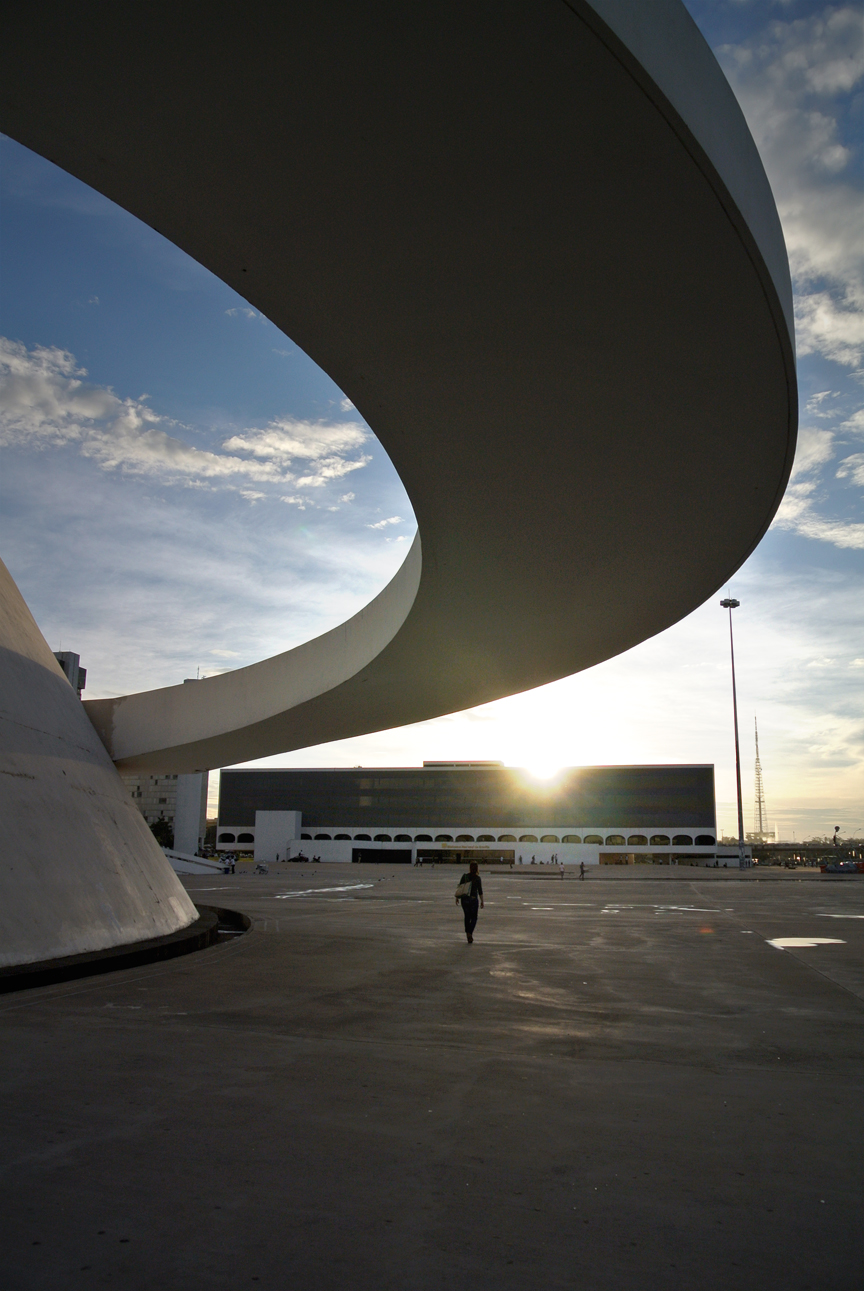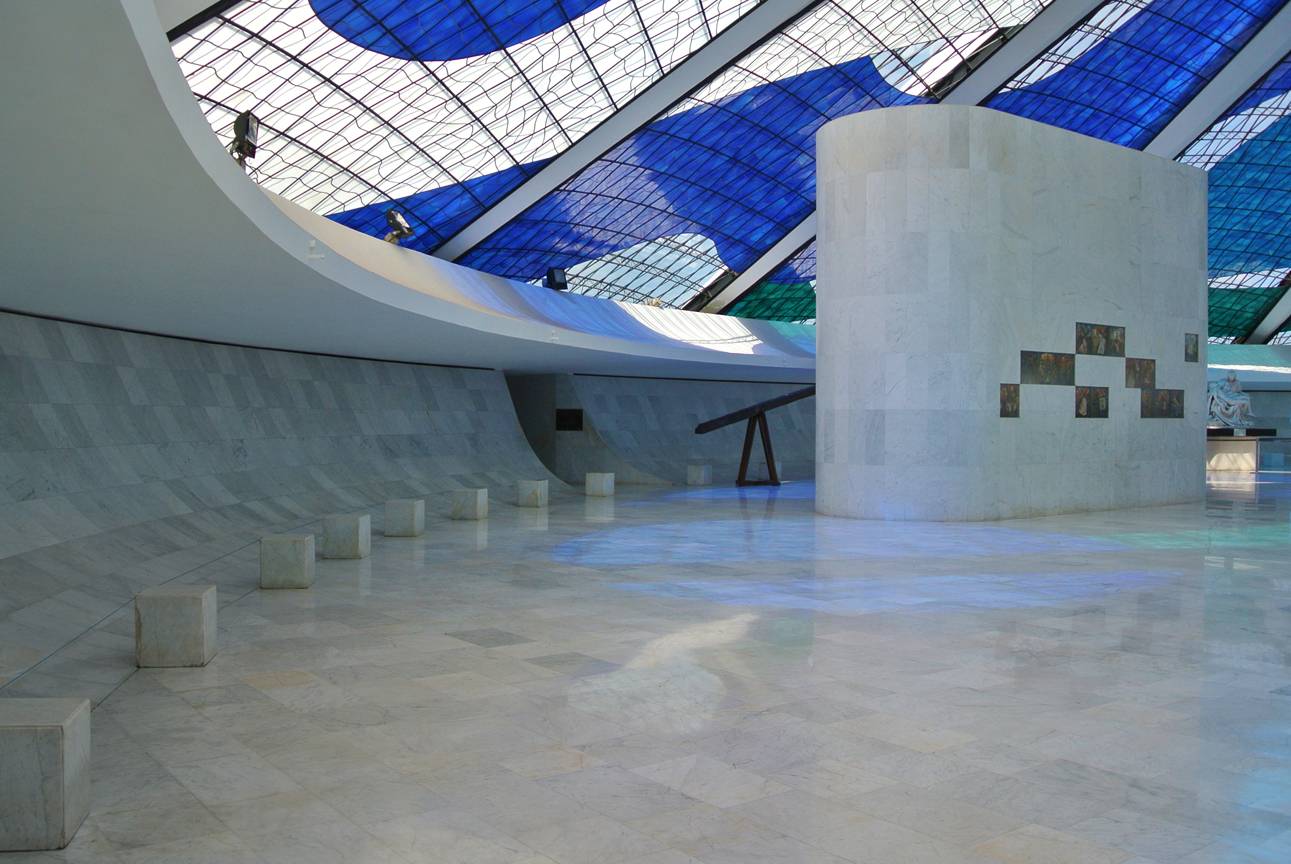I want to write just a few more things about the monumental axis and its monuments. A lot has been said about it in the past, how enormous it is, how inhuman it is, only for cars and monumental buildings, etc. But again, I did not feel it was overwhelmingly large and vast at all. Sure, the central space was expansive, but the buildings flanking it on each side somehow completed it. I cannot imagine it any other way. The walk was actually very pleasant, contemplative, almost surreal.
Oscar’s cathedral was so striking! When viewed from the outside, it looked opaque, metal-like, but after entering through the dark underground tunnel, one emerged in a beautifully bright space full of reflections and shimmering hues of blues, light filtering through the intricate ceiling lattice above. Or the ministry of external relations - stunning!
day 81_Brasilia_uniCEUB
Giving a small talk at UniCEUB.... thank you for the invite Fabiano Sobreira!!!
Will write more about Brasilia in a day or two....
day 80_Brasilia
I literally just checked in to the hotel, but I'm already super excited. For an architect, this is the mecca of modern architecture and urban planning!
View from my window.

